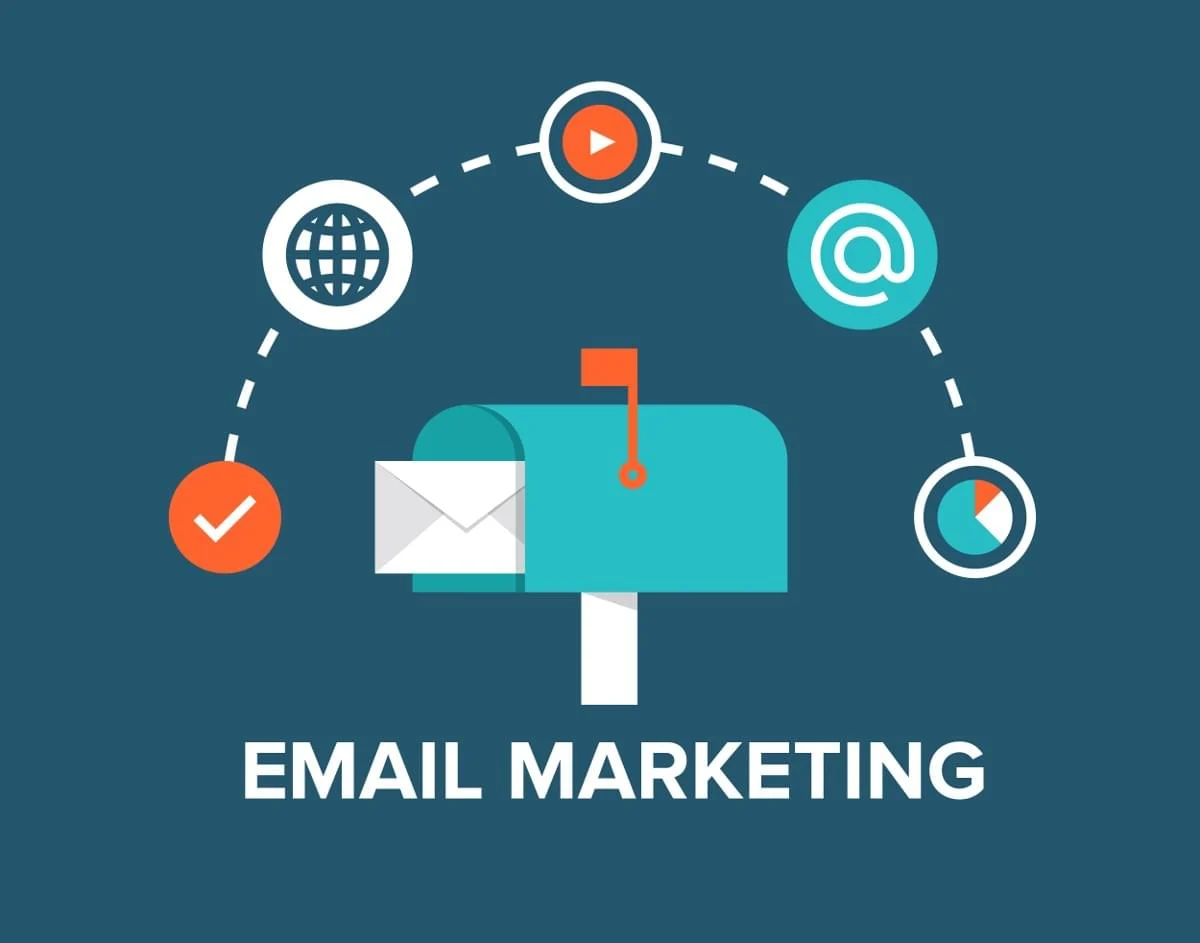How Email Warm-Up Works
Email warm-up works by gradually increasing your email sending volume over a period of time to establish a positive sending reputation with ISPs. The warm-up process typically lasts between 4-8 weeks, depending on the size of your email list and the volume of emails you plan to send.
During the warm-up process, you’ll start by sending a small volume of emails to a highly engaged audience. As your reputation improves, you can gradually increase the volume of emails and send to a wider audience.
The goal of email warm-up is to establish a positive sending reputation with ISPs, which is based on factors such as email engagement metrics, email content, and sending patterns. By gradually increasing your email volume and maintaining a consistent sending pattern, you can improve your reputation and increase email deliverability.
Best Practices for Email Warm-Up
To ensure a successful email warm-up, it’s important to follow best practices and avoid common mistakes. Here are some best practices to keep in mind during the warm-up process:
Plan Ahead
Before starting the warm-up process, create a detailed plan that outlines the volume of emails you plan to send, the audience you plan to send to, and the content of your emails. This can help you stay organized and ensure a successful outcome.
Use a Dedicated IP Address
Consider using a dedicated IP address for email warm-up. This can help you establish a unique sender reputation and avoid sharing an IP with other senders who may have a negative reputation.
Test Your Emails
Before sending any emails during the warm-up process, test your emails to ensure they are free of errors and look professional. This can help improve engagement metrics and establish a positive reputation with ISPs.
Stay Engaged with Subscribers
Throughout the warm-up process, it’s important to stay engaged with your subscribers and encourage them to interact with your emails. This can help improve engagement metrics and establish a positive reputation with ISPs.
Monitor Your Metrics
Keep a close eye on your email engagement metrics, such as open rates and click-through rates, during the warm-up process. This can help you identify any issues and make adjustments to improve your reputation and deliverability.
Conclusion
Email warm-up is a critical component of any successful email marketing strategy. By gradually increasing your email volume and establishing a positive sending reputation with ISPs, you can improve email deliverability and increase the effectiveness of your email marketing efforts. Follow these tips, best practices, and consider using email warm-up services to ensure a successful outcome.
If you need help with email warm-up, consider using email warm-up services to automate the process and improve your chances of success.

